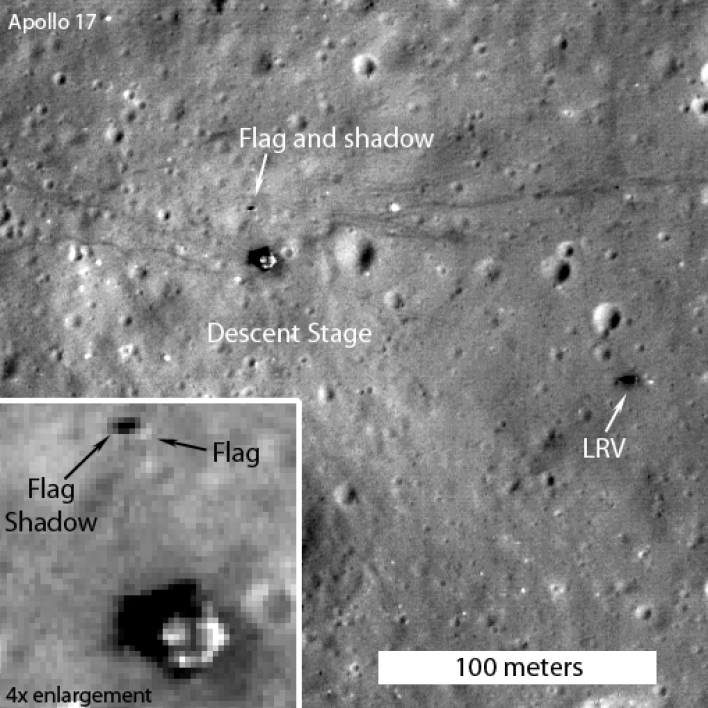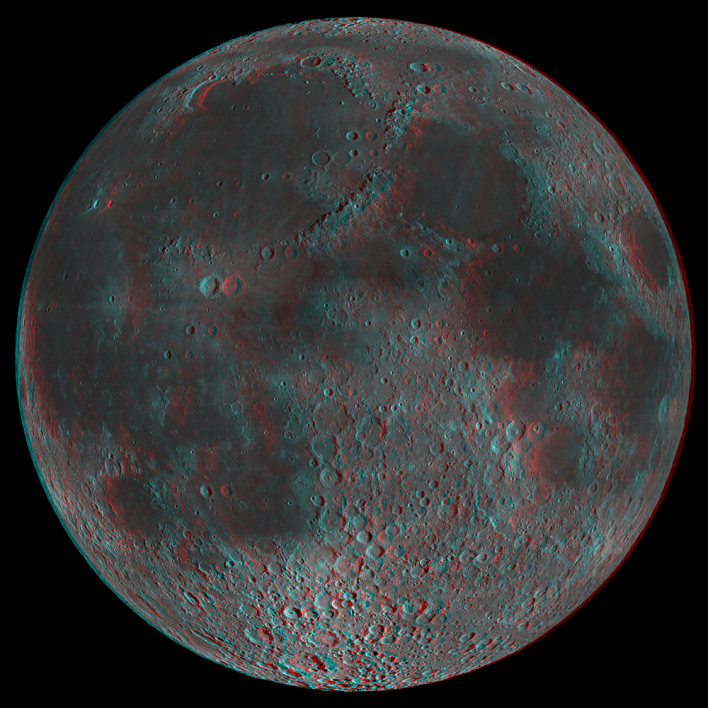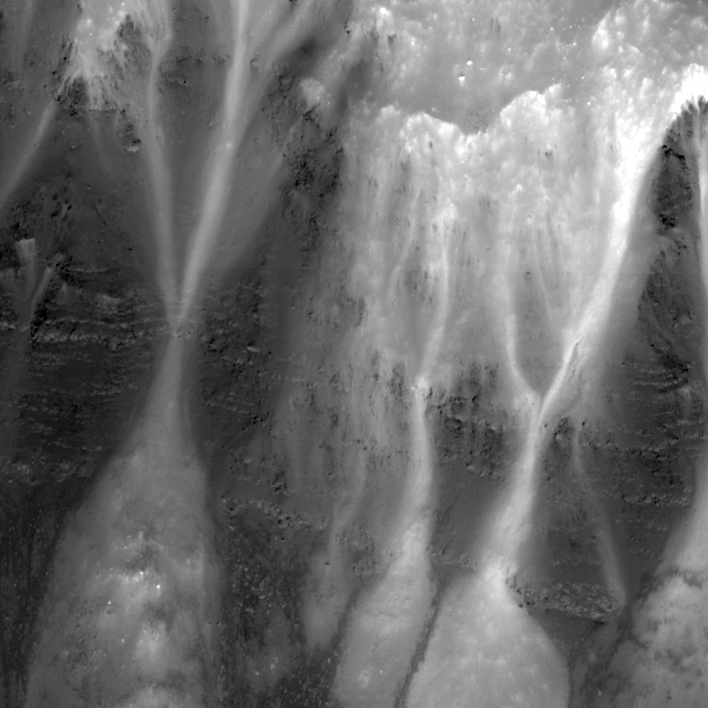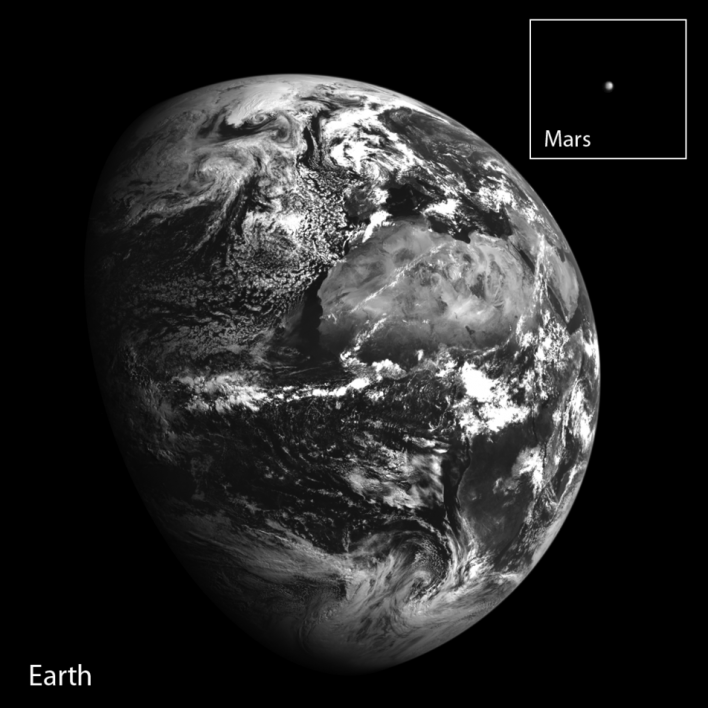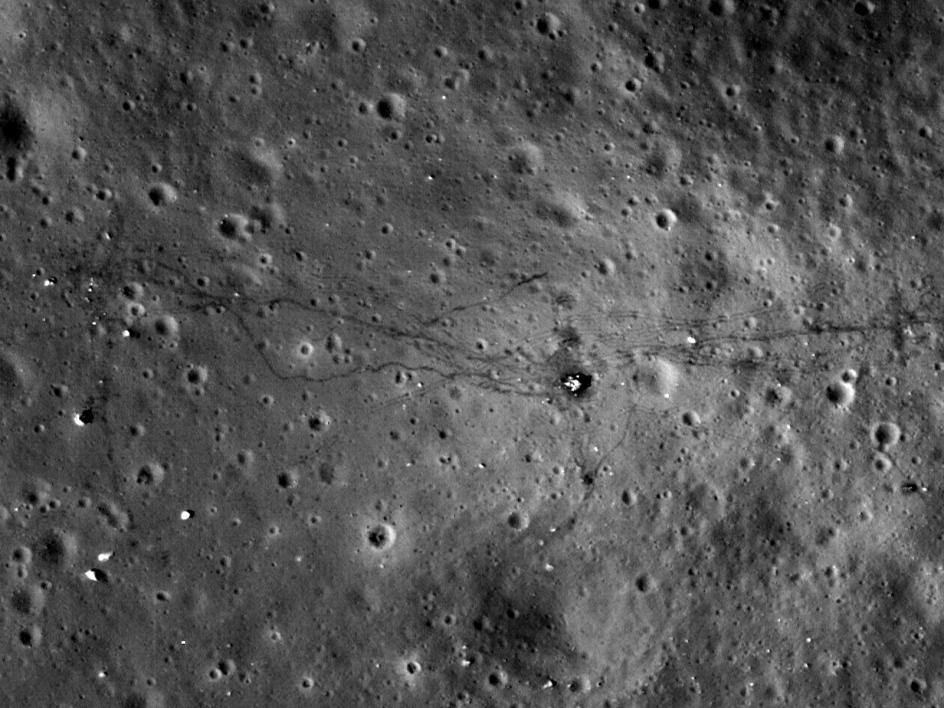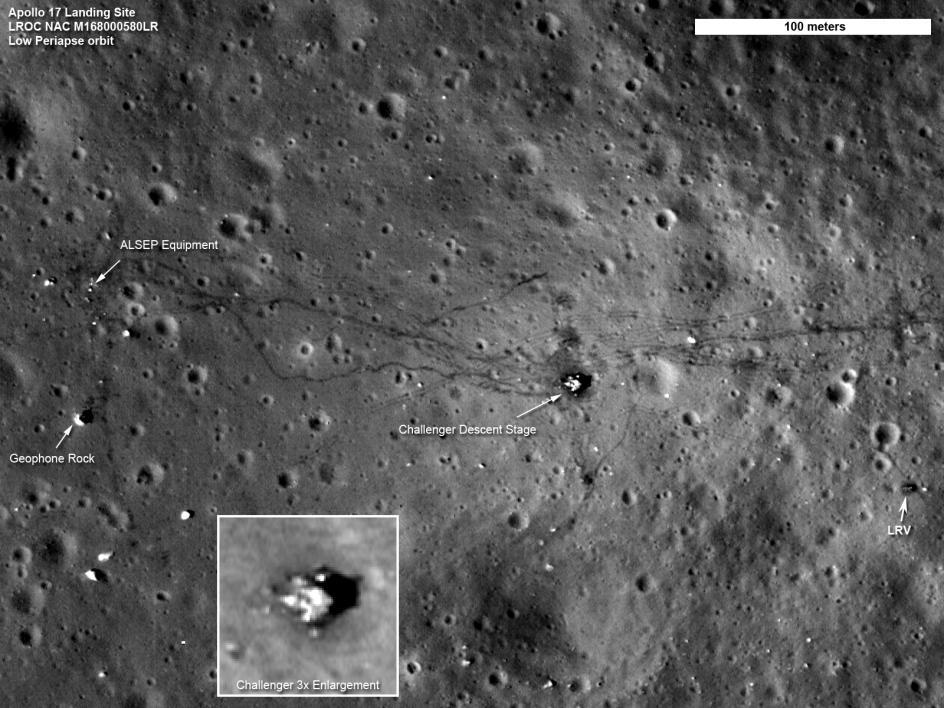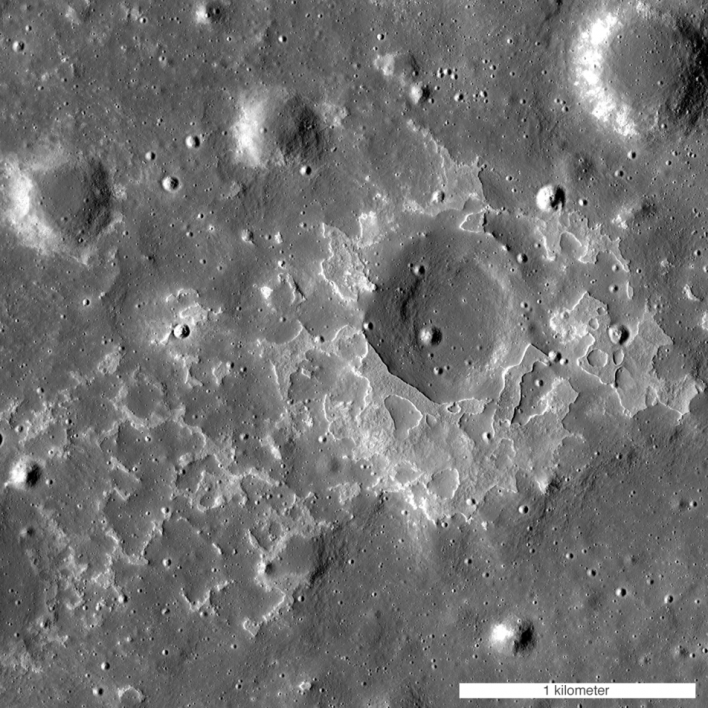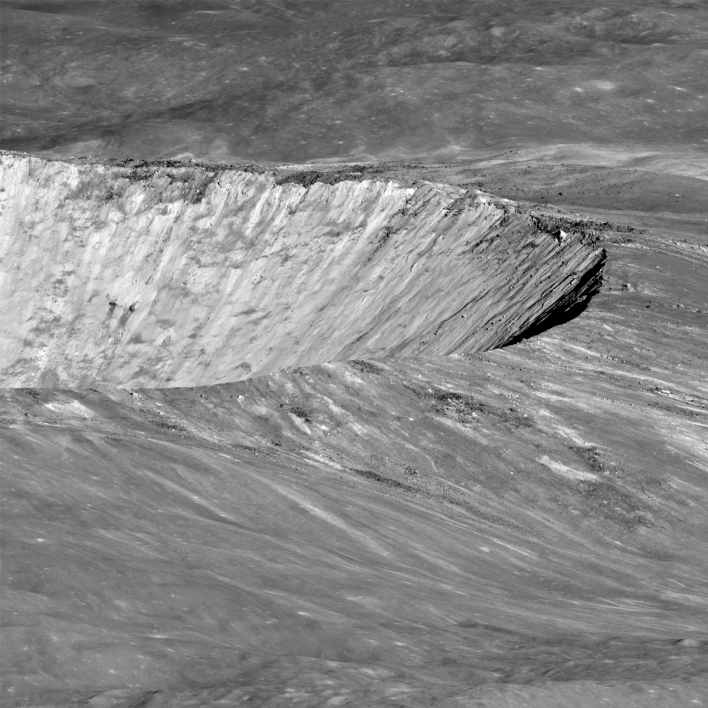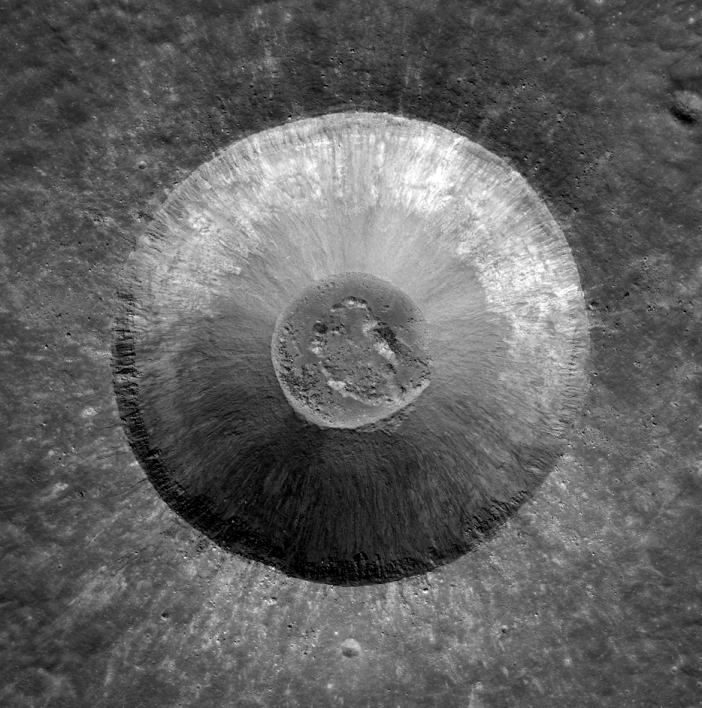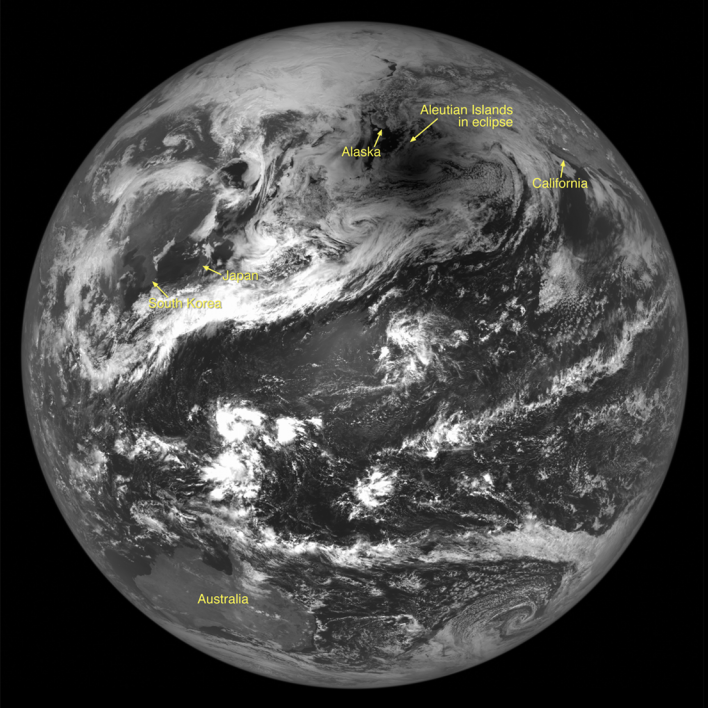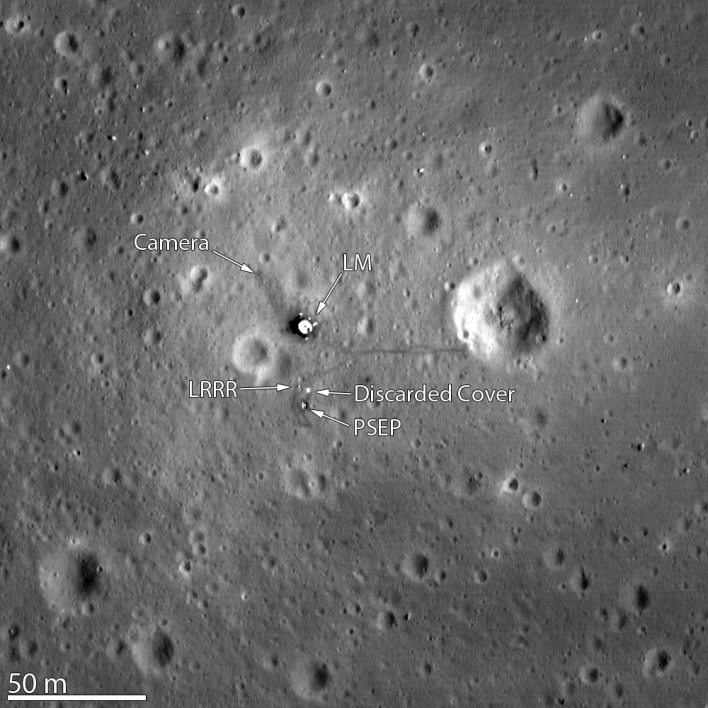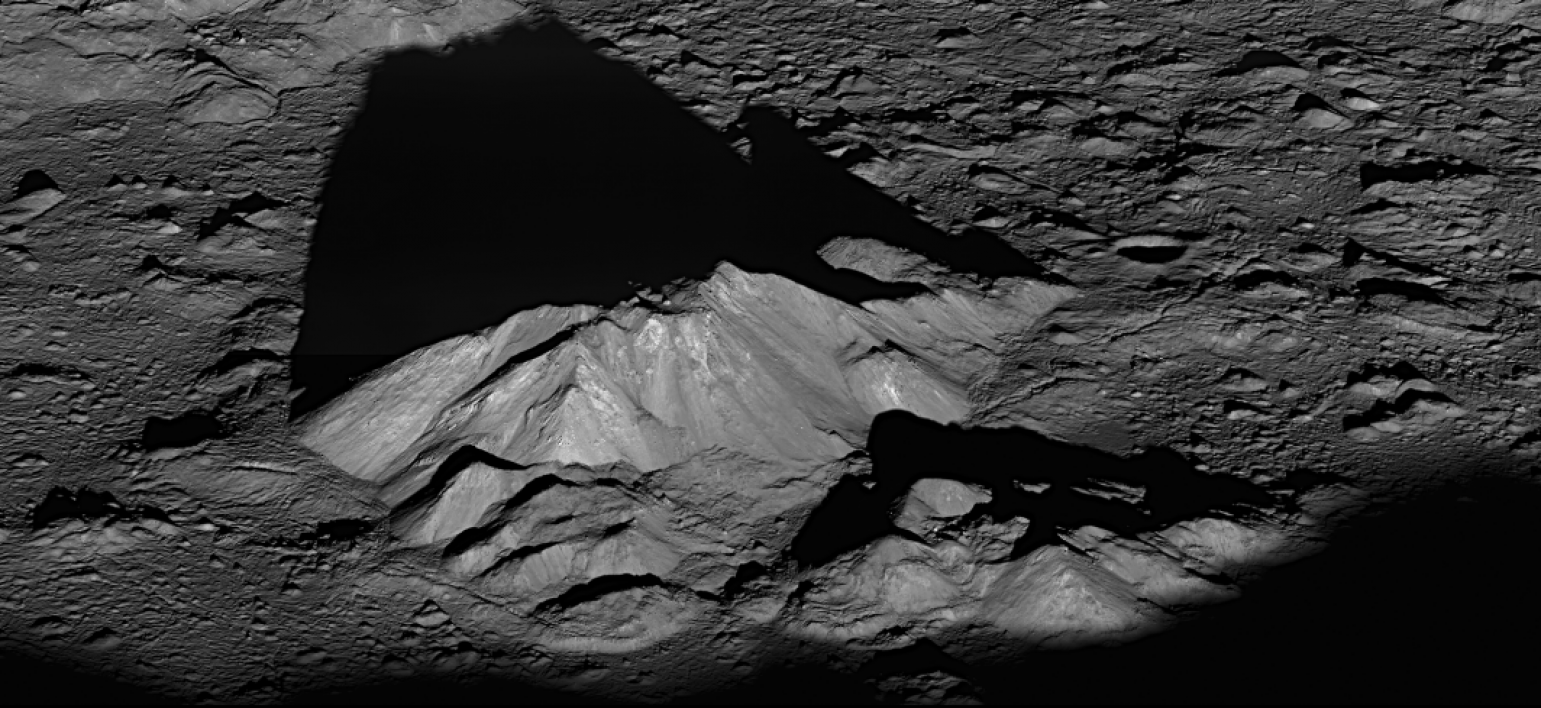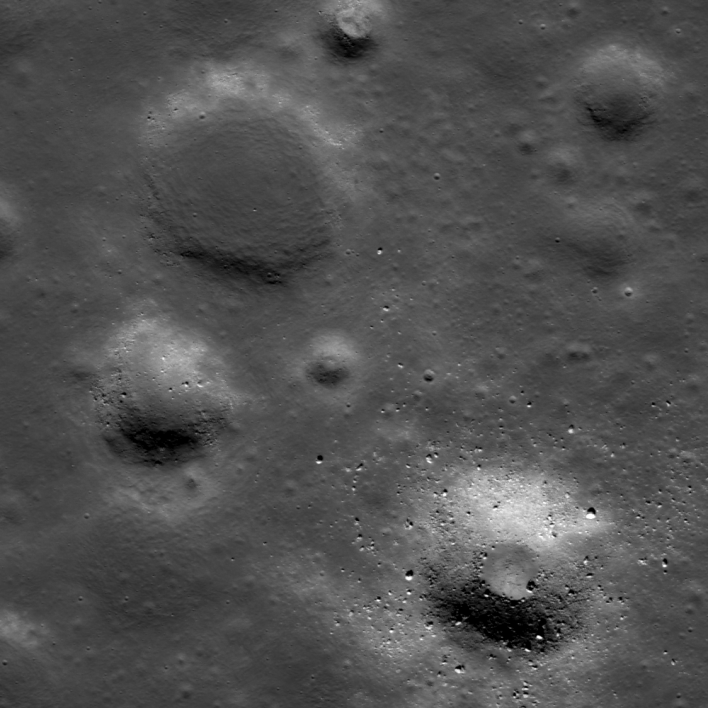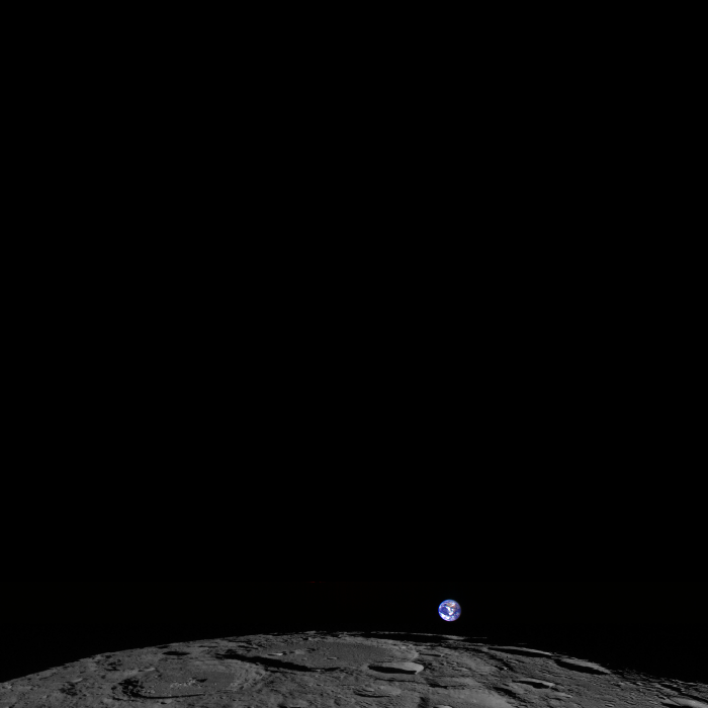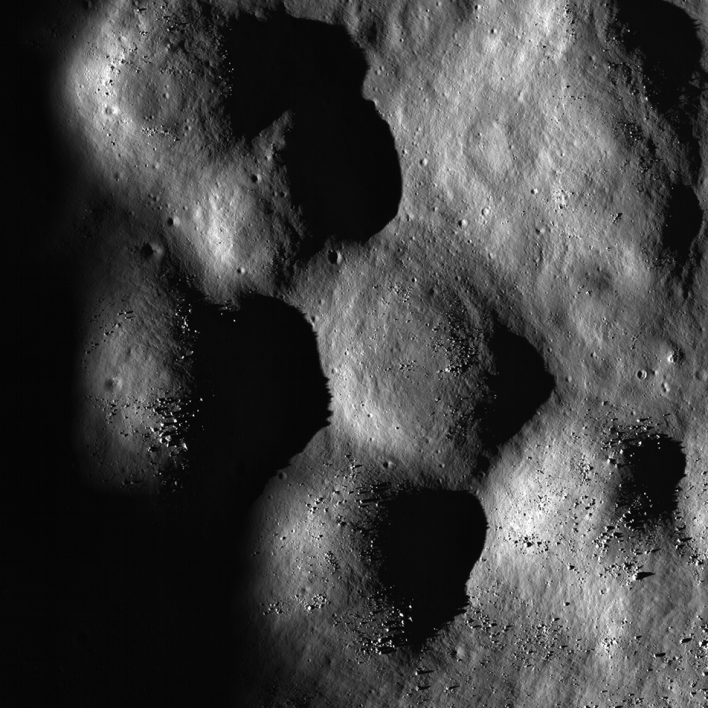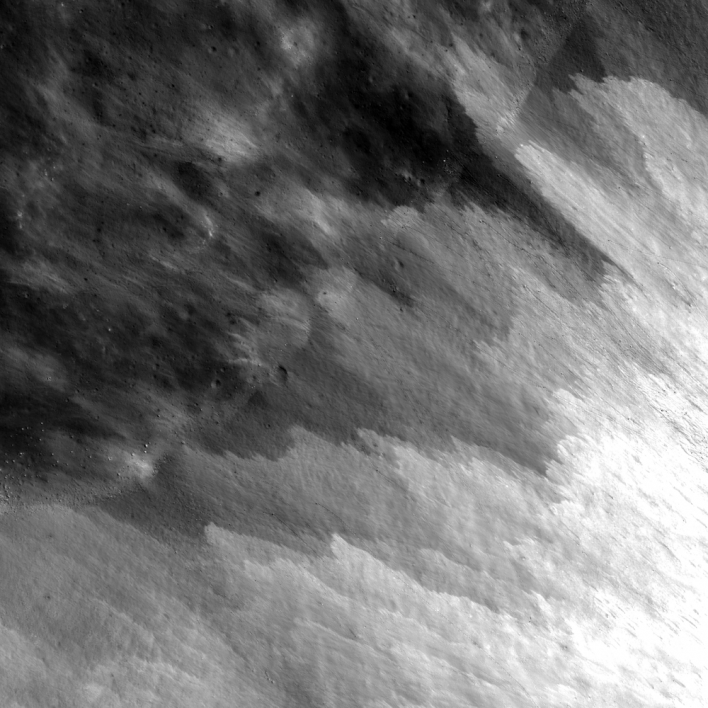Shooting for the moon: ASU lunar camera chief shares what's ahead
Professor Mark Robinson shares what it took to take dramatic new Earth photo, new discoveries and what is to come

On the eve of both Christmas and a full moon, ASU Now spoke with Mark Robinson, a professor in ASU’s School of Earth and Space ExplorationThe School of Earth and Space Exploration is a unit of ASU's College of Liberal Arts and Sciences., who is principal investigator for the ASU-operated cameras aboard NASA’s Lunar Reconnaissance Orbiter (LRO).
Last week, NASA released dramatic photos of Earth taken by the cameras (shown below). Robinson shared some of the challenges of the shot seen ‘round the moon, the little-known news that the moon is shrinking and what lies ahead for the lunar cameras.
A full Earth straddles the edge of the moon, as seen from lunar orbit above Compton crater in the foreground. On Earth, Africa is visible at center right, and South America can be glimpsed through clouds at left. Photo by NASA/GSFC/Arizona State University
Question: This was no selfie. It was complicated. What are some of the pieces that had to come together to make this photo?
Answer: Just a few of the steps: You have to roll the spacecraft, in this case about 70 degrees, but the spacecraft is traveling at over 1,600 meters per second. We’re restricted in the length of one exposure time to something close to 0.4 milliseconds. You also move the spacecraft in the direction of flight so that you can get a wide enough field of view. When a spacecraft is in an elliptical orbit, the timing changes from image-to-image in an orbit. We have to compute all of that beforehand to get it exactly right. … That timing has to be precisely carried out. … We have to predict the temperature of the CCD (electronic equivalent of film). The Wide Angle Camera (WAC) is imaging an area multiple times while the Narrow Angle Cameras (NAC) takes just one picture. We blow up the WAC images and combine them to produce higher resolution, and then overlay this sharper image on the NAC image. We wanted the Earth to be on the horizon, and that only happens from certain areas of the moon. It’s only when the spacecraft is above the boundary between the nearside and farside that you can see the Earth behind the limb (edge of the moon).
Q: How did you know this image would be possible?
A: We’ve taken pictures of the Earth more than 10 times in the past. We wanted to get a limb shot (showing the edge of the moon). What makes it really hard is getting the moon in the foreground. … That was not by accident. We have software tools that allow us to visualize observations. We know where the spacecraft is going to be in the future. … We determined from which orbits the Earth will be visible near the limb. Once we know the ground track where the Earth will be visible, we then find a view with a dramatic foreground.
Q: LRO has been in orbit for more than six years. If you picked the best shots to show your friends, what are they?
A: We’ve taken more than a million images. My answer changes every three days. The Apollo landing sites are fantastic. You can see the tracks the astronauts left on the surface of the moon. To me, as a scientist, it’s really great because it helps me visualize the photographs they took on the surface. The significance of the geologic context. ‘All right, now I know they got that soil sample there, and I can see what it looks like.’
See a sampling of images (and explanations) from the LROC website below; Q&A continues below the gallery.
Q: What are the most interesting maneuvers and shots you plan with the cameras for the coming year?
A: We’re writing a proposal to get funding to extend the mission — right now we are scheduled to be turned off on Sept. 15. One of the fantastic things we’re doing with the cameras now … we would like to get temporal coverage (photos of the same area months or years apart). We compare the before image and the after image. In 70 percent of them, we find small changes to the surface; almost all are due to impacts. We have discovered 222 new craters that have formed since we’ve been in orbit (2009). The pace of discovery is going to accelerate. One thing we want to nail down is the current impact rate.
Q: What is the most important thing you, and scientists generally, have learned from the LRO?
A: That the moon is a dynamic place. There is this paradigm that grew up with the moon as this dead place, kind of shut off, nothing happening on it anymore except impacts. We’ve discovered there are very young volcanic deposits, maybe even eruptions in the future. Conventional wisdom was that all lunar volcanism shut off between 1 billion and 2 billion years ago. That’s a big change in how we think about the moon. … There’s a lot more heat in the moon than we thought. … We have discovered thousands of small fault scarps — some even deform very small craters (10 meters). Small craters erode away quickly due to other small impacts. Since the faults deform these craters, the faults must have formed recently. Since there are thousands of these faults randomly distributed around the moon, that’s proof that the lunar core is still cooling and transitioning from liquid to solid. The moon is shrinking.
An exhibit that includes images from the ASU cameras, 3-D models of the lunar surface and an interactive kiosk is scheduled to open in February at the National Air & Space Museum in Washington, D.C.

